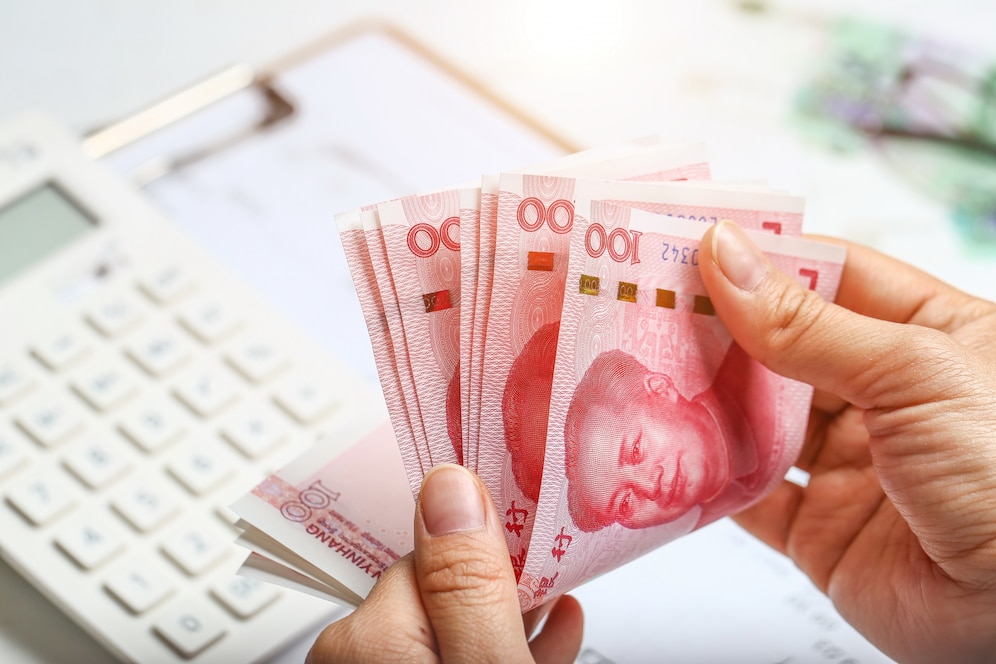China's 10 Trillion Yuan Stimulus Package: Insights and Implications
China is reportedly on the verge of approving the issuance of over 10 trillion yuan (approximately $1.4 trillion) in additional debt over the coming years to boost its fragile economy. This fiscal package may gain further momentum if Donald Trump wins the upcoming presidential election on November 5.
Analyst Perspectives on the Fiscal Strategy
Tommy Xie, OCBC Bank, Singapore
Xie emphasizes that the current policy is primarily focused on managing the local government's hidden debts while ensuring financial stability. He highlights concerns about the financing of the debt swap, noting that merely converting hidden debts to on-balance-sheet obligations may not suffice to enhance local government expenditures.
Gary Ng, Natixis, Hong Kong
Ng points out that while the stimulus size aligns with market expectations, it may function more as a painkiller than a true economic booster. He stresses that the timing and application of bond issuance will be crucial for assessing its impact on growth.
Alvin Tan, RBC Capital Markets, Singapore
Tan highlights that the effectiveness of the fiscal package hinges on how the debt will be utilized. If a significant portion goes toward local government debt restructuring, the net fiscal impact may be less substantial than anticipated.
Louis Kumis, S&P Global, Hong Kong
Kumis believes that the stimulus should bolster confidence and stimulate growth. However, he warns that unless funds are directed toward idle land and property, the housing market's stabilization may remain elusive.
Lynn Song, ING, Hong Kong
Song indicates that if the stimulus package is indeed approved, it could meet investor expectations, especially if a notable sum is allocated to support the property market.
Conclusion
China's potential 10 trillion yuan stimulus package aims to address pressing economic challenges. While analysts offer cautious optimism, the true efficacy of this initiative will depend on its implementation and focus areas.



 Gold and Silver Surge as Safe Haven Demand Rises on U.S. Economic Uncertainty
Gold and Silver Surge as Safe Haven Demand Rises on U.S. Economic Uncertainty  RBA Unlikely to Cut Interest Rates in 2026 as Inflation Pressures Persist, Says Westpac
RBA Unlikely to Cut Interest Rates in 2026 as Inflation Pressures Persist, Says Westpac  Oil Prices Rebound as Trump Orders Blockade of Sanctioned Venezuelan Tankers
Oil Prices Rebound as Trump Orders Blockade of Sanctioned Venezuelan Tankers  Yen Near Lows as Markets Await Bank of Japan Rate Decision, Euro Slips After ECB Signals Caution
Yen Near Lows as Markets Await Bank of Japan Rate Decision, Euro Slips After ECB Signals Caution  Oil Prices Steady in Asia but Headed for Weekly Loss on Supply Glut Concerns
Oil Prices Steady in Asia but Headed for Weekly Loss on Supply Glut Concerns  BoE Set to Cut Rates as UK Inflation Slows, but Further Easing Likely Limited
BoE Set to Cut Rates as UK Inflation Slows, but Further Easing Likely Limited  Canada Signals Delay in US Tariff Deal as Talks Shift to USMCA Review
Canada Signals Delay in US Tariff Deal as Talks Shift to USMCA Review  South Korea Warns Weak Won Could Push Inflation Higher in 2025
South Korea Warns Weak Won Could Push Inflation Higher in 2025  Austan Goolsbee Signals Potential for More Fed Rate Cuts as Inflation Shows Improvement
Austan Goolsbee Signals Potential for More Fed Rate Cuts as Inflation Shows Improvement  Bank of Korea Downplays Liquidity’s Role in Weak Won and Housing Price Surge
Bank of Korea Downplays Liquidity’s Role in Weak Won and Housing Price Surge  U.S. Stock Futures Slip After CPI-Fueled Rally as Markets Weigh Economic Uncertainty
U.S. Stock Futures Slip After CPI-Fueled Rally as Markets Weigh Economic Uncertainty  Asian Stocks Slide as AI Spending Fears and Global Central Bank Decisions Weigh on Markets
Asian Stocks Slide as AI Spending Fears and Global Central Bank Decisions Weigh on Markets  BOJ Poised for Historic Rate Hike as Japan Signals Shift Toward Monetary Normalization
BOJ Poised for Historic Rate Hike as Japan Signals Shift Toward Monetary Normalization  U.S. Dollar Steadies Near October Lows as Rate Cut Expectations Keep Markets on Edge
U.S. Dollar Steadies Near October Lows as Rate Cut Expectations Keep Markets on Edge  Silver Prices Hit Record High as Safe-Haven Demand Surges Amid U.S. Economic Uncertainty
Silver Prices Hit Record High as Safe-Haven Demand Surges Amid U.S. Economic Uncertainty  Dollar Holds Firm Ahead of Global Central Bank Decisions as Yen, Sterling and Euro React
Dollar Holds Firm Ahead of Global Central Bank Decisions as Yen, Sterling and Euro React  Asian Stocks Edge Higher as Tech Recovers, U.S. Economic Uncertainty Caps Gains
Asian Stocks Edge Higher as Tech Recovers, U.S. Economic Uncertainty Caps Gains 

























